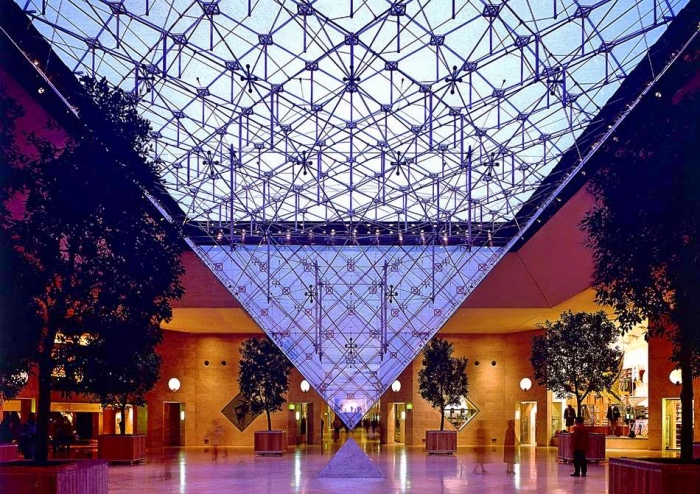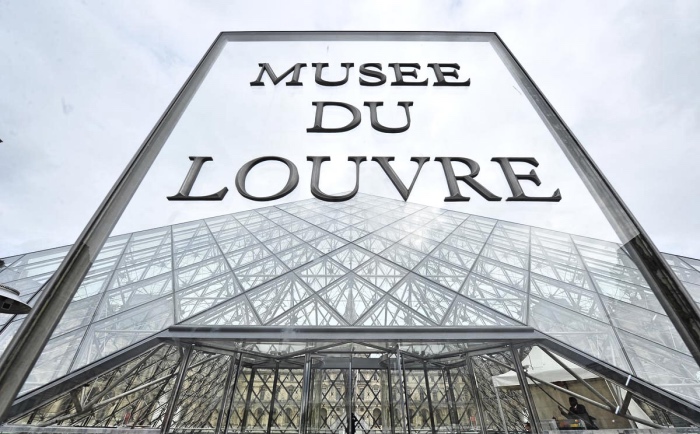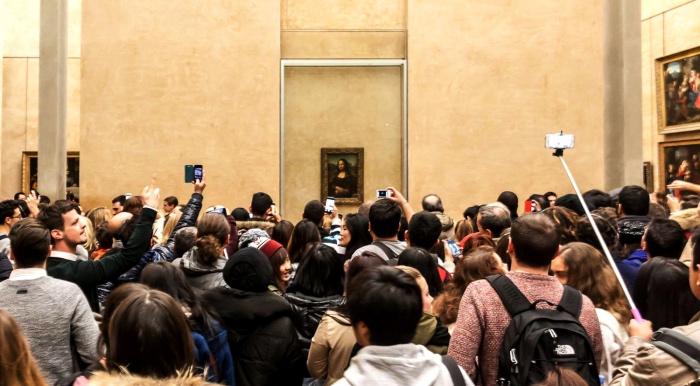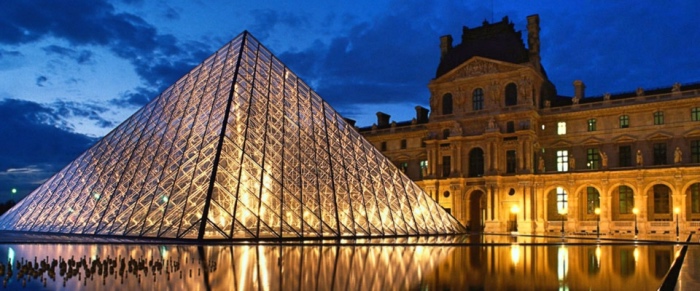
Things to know about the Louvre Museum
Louvre Museum. The Louvre Museum is the most important museum in Europe and the most visited in the world (you can find it in the list of the most visited museums in the world in 2015).
A week wouldn’t be enough to visit the whole museum, so if you go to Paris I’ll suggest that you should dedicate a whole day to visit this museum.
However, before entering, it could be useful to know the history of this extraordinary and huge museum.

Louvre Museum – entrance
The Louvre Museum is the result of a long work, started two centuries ago, made of collecting and organizing works and finds in order to create the most completed overview ever of what man has created from the Neolithic to nowadays.
The vastness and the abundance of the works housed in the museum rooms enchant every visitor, and have inspired cinema directors, who have often set here many famous movies (such as The Da Vinci Code which I entered on the list of 7 movies that make you want to visit a museum).
The museum collection is divided into 7 departments, and each one exhibits works and archaeological finds of the greatest civilizations, from Egyptians to Sumerians, from Greek and Roman antiquities to western art.
To enter the Louvre Museum you have to enter through the pyramid planned by the architect Ieoh Ming Pei, and which brings you directly to the place where in ancient times was the moat surrounding the huge bastion of the medieval fortress, whose foundations were discovered during the works in order to build a new entrance.
Brief history of the Louvre Museum
Therefore, the history of the Louvre began toward the end of 1.100 A.D. in the area where there was a fortress, which later was converted into the royal residence and the secondary residence of Charles V in the 14th century. In the Renaissance period the Louvre became the main seat of the kings of France, and was Catherine de’Medici who enlarged and transformed the building.
The Louvre lost its function of royal residence at the time of Louis XIV, who moved his court to the new Palace of Versailles.
Since 1793 at the Louvre was created the Muséum Central des Arts, renamed in 1803 the Musée Napoléon.
So, originally the building of the Louvre wasn’t a museum, but became a museum only during the Enlightenment, when artists and craftsmen spent their time admiring and copying the works of the ancients.
In the late 18th century and right after the French Revolution, began the acquisition of a large number of works that added to the initial and casual collection of the kings of France, to which were added the works of art coming from the most important European art collections and which arrived in France as spoils of the successful military campaigns of Napoleon.
During the Restoration a lot of works were returned to their original owners, but others remained in Paris, and for this reason are housed at the Louvre (but this is not the case with Leonardo Da Vinci’s “Mona Lisa”).
Today in the Louvre 30,000 objects are exhibited and are divided into 7 collections: Decorative Arts, Egyptian Antiquities, Greek, Etruscan and Roman Antiquities, French, Italian and Spanish Painting, and Italian Drawings.
READ ALSO: Louvre tickets: how to buy your ticket to skip the line

Louvre Museum – Mona Lisa

Louvre Museum – Nike

Louvre Museum – Pyramid

Louvre Museum – Interiors
INFO
The main entrance to the Louvre Museum is at the pyramid but there are other entrances less used. You can go to the commercial area of the Grand Louvre, directly from the subway, through the stop Palais Royal-Musée du Louvre and through the entrance from rue de Rivoli, in front of the Palais Royal. The other entrances less used are that from the quai François Mitterrand, through the Porte des Lions and that from the jardin du Carrousel.
LINK


Very well written and amazing photos. Thanks for sharing.
Really nice, using this for my geography project
Thanks 😀